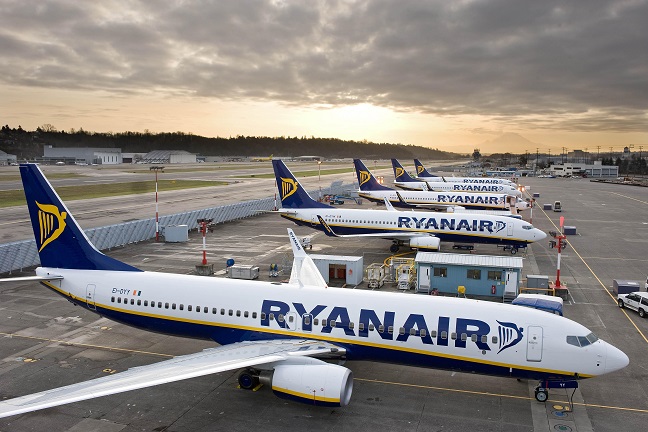
Passenger airplane getting ready for flight
The commercial airline industry connects people and goods across the globe, playing a critical role in trade, tourism, and business. With rapid technological advancements, fluctuating fuel costs, and changing passenger preferences, the industry has undergone significant changes. This article provides a concise look at the structure, trends, and challenges in the commercial airline sector.
Structure of the Airline Industry
- Full-Service Carriers (FSCs): Airlines like Delta and British Airways offer multiple cabin classes, in-flight meals, and use hub-and-spoke networks for both domestic and international routes.
- Low-Cost Carriers (LCCs): Carriers like Southwest and Ryanair focus on affordable fares by cutting amenities and offering direct, short-haul routes.
Key Factors Impacting the Industry
- Fuel Prices: Fluctuations in oil prices impact ticket costs and profits.
- Economic Conditions: The demand for air travel rises with economic growth and falls during downturns.
- Technological Advancements: New aircraft and digital tools improve efficiency and customer experience.
- Government Regulations: Aviation is highly regulated for safety and environmental reasons.
- Passenger Preferences: Consumers demand affordability and convenience, pushing airlines toward more flexible services.

Trends Shaping the Future
- Sustainability: Airlines are investing in green technologies like sustainable aviation fuel (SAF) and more efficient aircraft.
- Ancillary Revenue: Airlines now earn more through extra fees for baggage, seat selection, and other services.
- Ultra-Long-Haul Flights: Non-stop flights like Singapore to New York cater to time-sensitive travelers.
- Digitalization: Automation and AI are improving operations and passenger experiences.
- Consolidation and Alliances: Mergers and global alliances help airlines expand routes and reduce costs.
Challenges Facing the Industry
- Economic Volatility: Airlines are vulnerable to crises like recessions and health pandemics.
- Labor Shortages: A shortage of pilots and other key staff is a growing issue.
- Infrastructure Constraints: Airport congestion and outdated infrastructure can limit flight capacity.
- Cybersecurity Threats: Increased digitalization raises the risk of cyberattacks on airlines.
Conclusion
The commercial airline industry is essential for global connectivity, but it faces significant challenges from economic volatility to environmental concerns. However, with innovations in sustainability and technology, airlines continue to adapt to changing market conditions and passenger demands, positioning themselves for long-term success.





